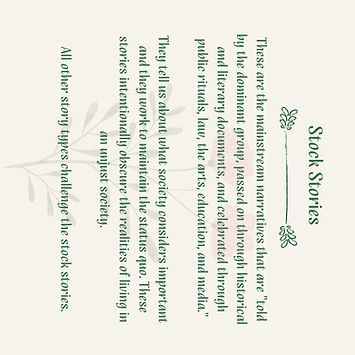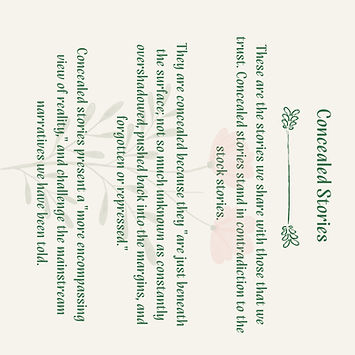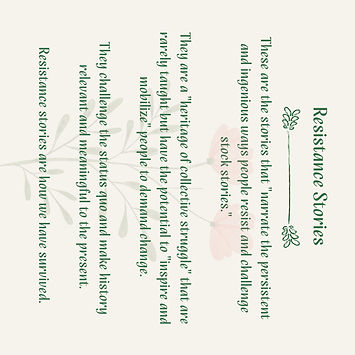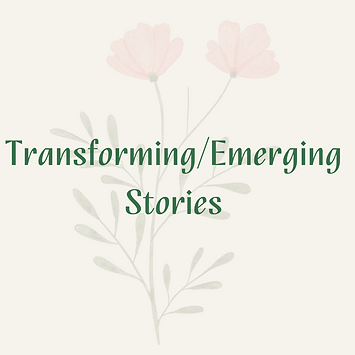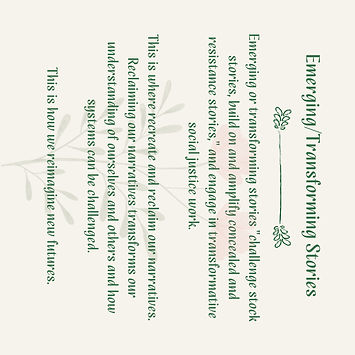The Storytelling Project Model
The Storytelling Project Model was created by Professor Lee Anne Bell. In the early 2000s, she worked with a team of public school teachers, academics, artists, and students to pilot an anti-racist storytelling project. The purpose was to help communities "discover, develop, and analyze stories about racism that can catalyze consciousness and commitment to action."
To learn more about the model, check out the book Storytelling for Social Justice and the Storytelling Project Curriculum: Teaching about Race and Racism through Storytelling and the Arts.
The model and the curriculum are accessible and free to use for all.
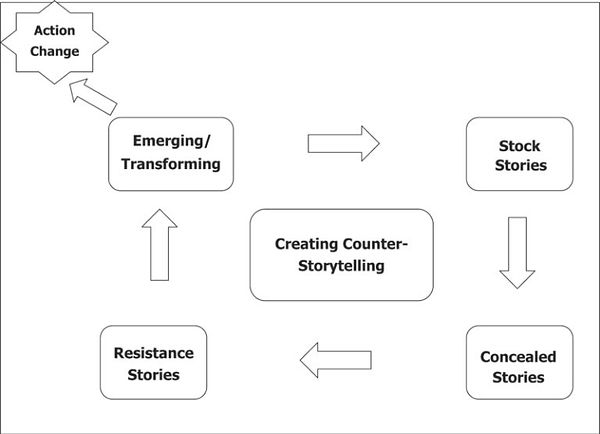
Counter-storytelling is at the heart of the Storytelling Project Model (SPM) and is a strategy that amplifies marginalized voices and experiences by presenting narratives that question and resist dominant, often oppressive, perspectives and systems (Delgado, 1989).
SPM has four types of stories: stock stories, concealed stories, resistance stories, and emerging or transforming stories. Each of the four types leads into the next in a cycle that expands our understanding of the issue and our ability to challenge it. We can begin by examining stock stories and then uncover the hidden stories beneath them, or we can start with the concealed stories and analyze what they reveal about the stock stories we often accept as given.
See below to learn more about each of the four types.

